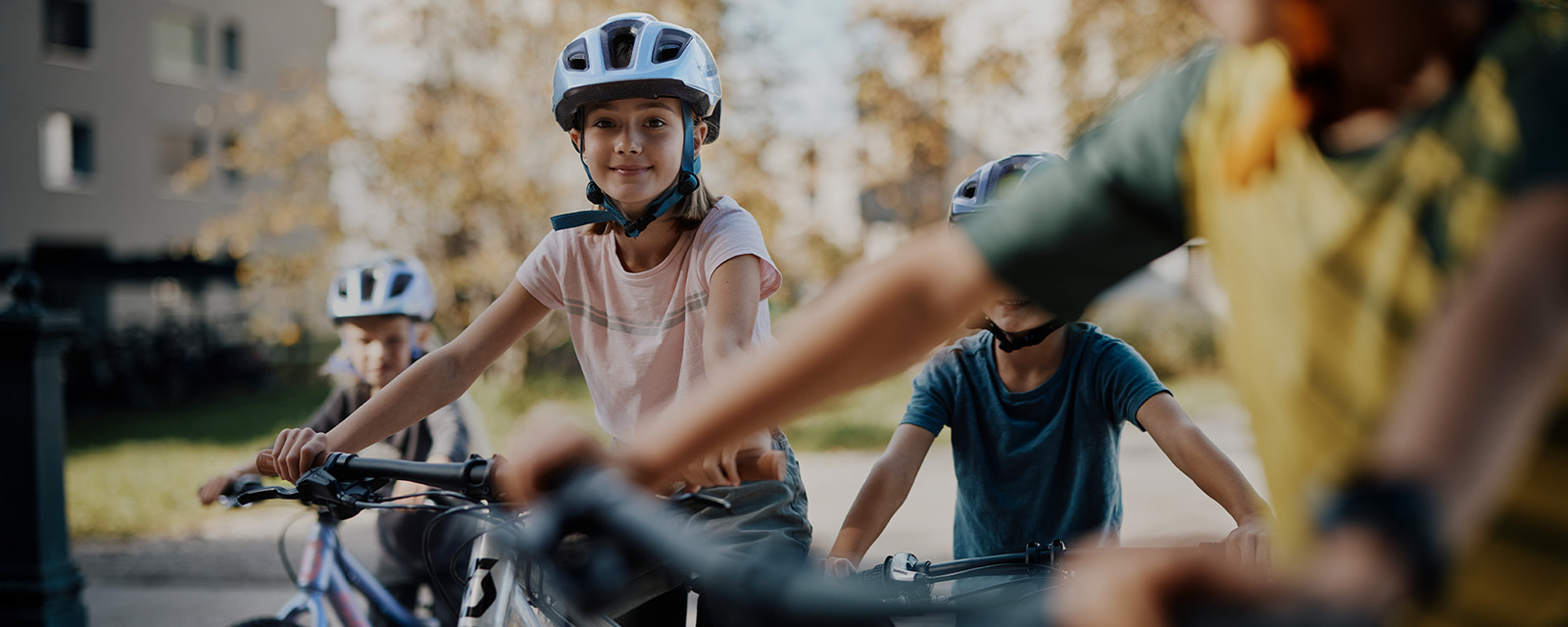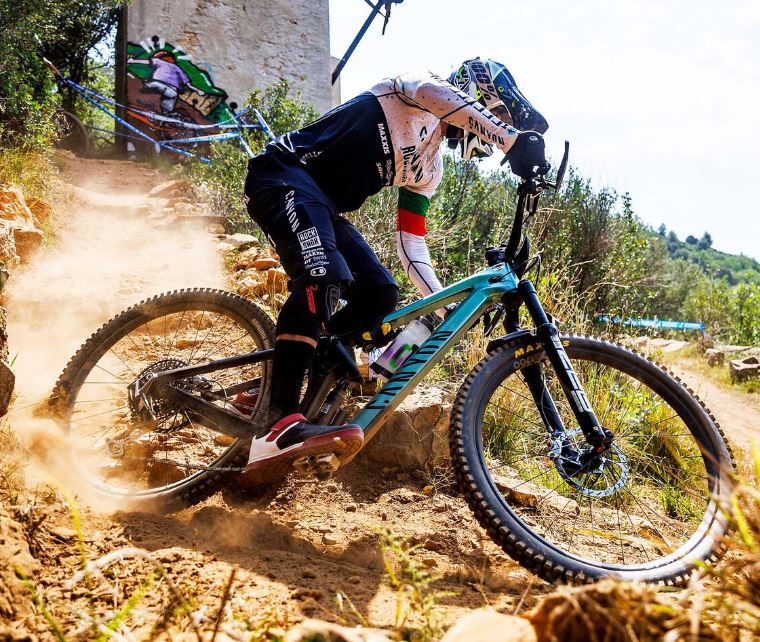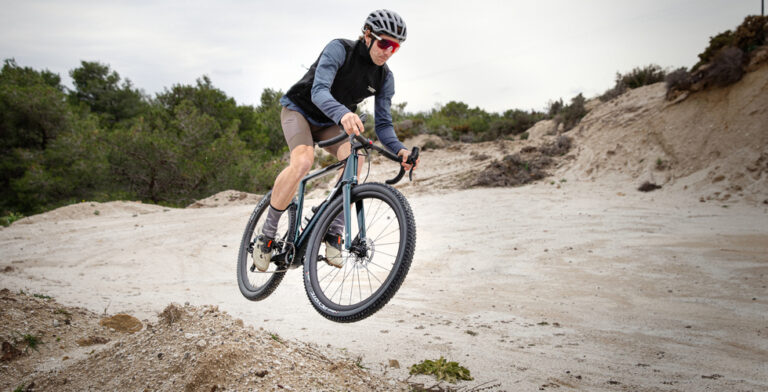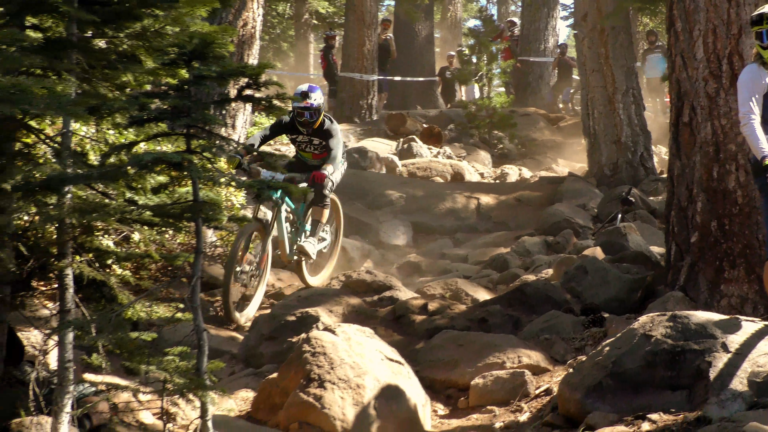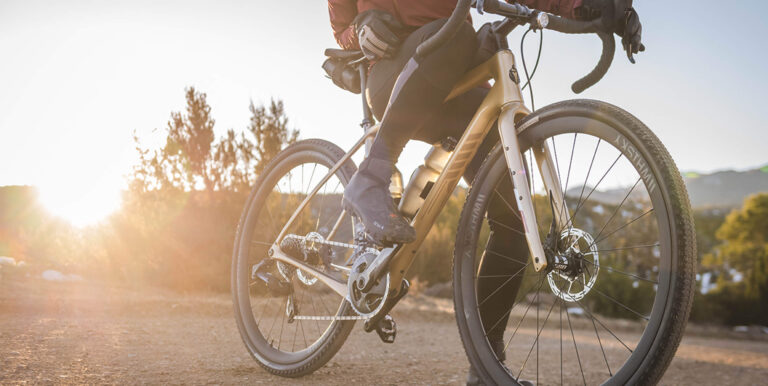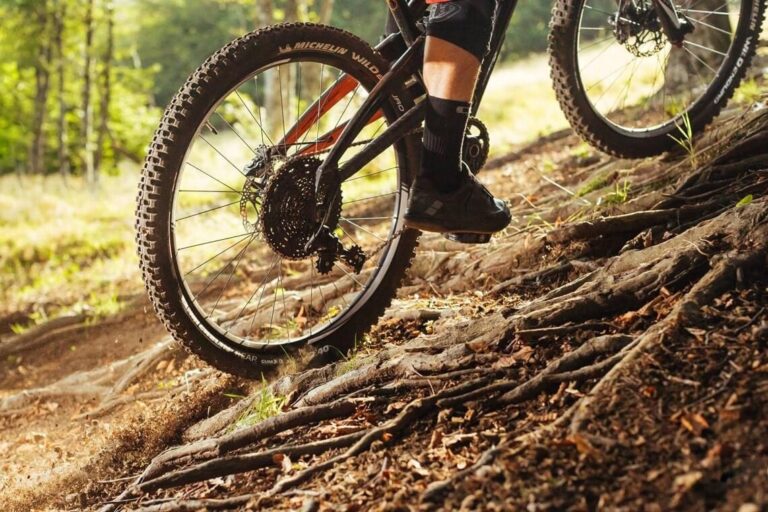Transitioning from Balance Bikes to Pedal Bikes: A Guide from the Saddle
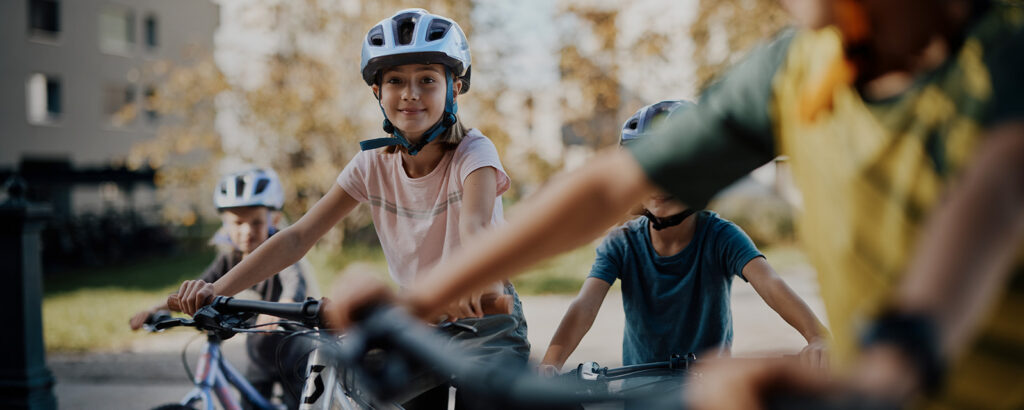
Key Point Summary of Transitioning from Balance Bikes to Pedal Bikes:
- Start with Confidence: Balance bikes build the foundational skills of balance and steering, crucial for a smooth transition to pedal bikes.
- Size Matters: Ensure the pedal bike is the right size, allowing your child to comfortably reach the ground with their feet.
- Skip the Training Wheels: Training wheels can hinder the balance skills learned on a balance bike. Instead, focus on maintaining those skills during the transition.
- Patience is Key: Every child learns at their own pace. Encourage progress without pushing too hard.
- Safety First: Always emphasize the importance of wearing a helmet and proper safety gear.
- Make it Fun: Keep the learning process enjoyable and stress-free for your child.
Transitioning from a balance bike to a pedal bike is a milestone in any young cyclist’s life. It’s not just about teaching them how to pedal; it’s about nurturing their confidence on two wheels and setting the stage for a lifetime of cycling enjoyment. As a cyclist who’s tackled every kind of terrain and raced against the clock, I’ve learned that the principles of balance, patience, and persistence are just as crucial off the race course as they are on it.
The Foundation of Confidence
Starting on a balance bike is like the first pedal stroke of a long ride; it sets the tone for everything that follows. Balance bikes teach kids the essential skills of balancing and steering without the added complexity of pedaling. It’s about getting comfortable on two wheels and understanding the feeling of freedom and control that comes with it. This foundational confidence is key when transitioning to a pedal bike, as it allows children to focus on the new skill of pedaling without worrying about balancing.
Sizing it Right
One of the first challenges I faced when transitioning my kids to pedal bikes was ensuring the bike was the right size. It’s tempting to get a bike they’ll grow into, but a bike that’s too big can be intimidating and difficult to control. The right-sized bike allows your child to sit on the saddle with their feet flat on the ground, providing stability and confidence as they learn to pedal. I remember watching my youngest, initially cautious, become emboldened as she realized she could easily stop and start on her own, thanks to a correctly sized bike.
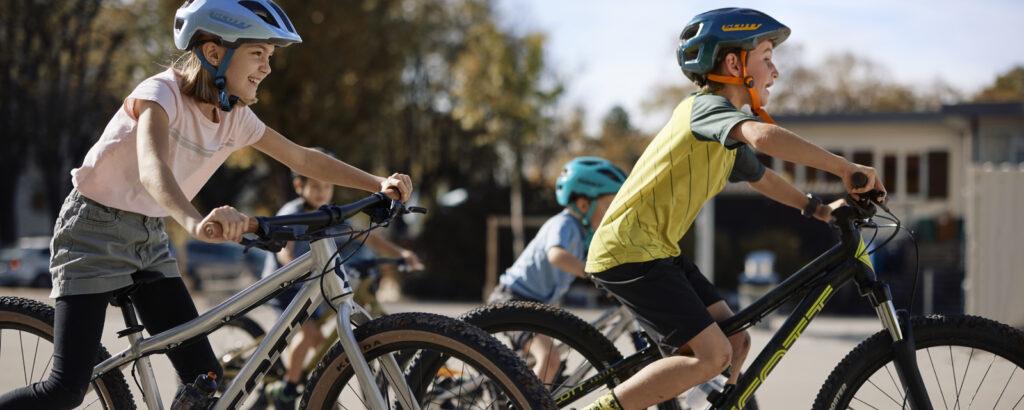
The Case Against Training Wheels
Having seen firsthand how well balance bikes work in teaching kids to… well, balance, I opted to skip training wheels altogether. Training wheels can make the bike feel wobbly and actually detract from the sense of balance kids develop on balance bikes. Instead, I focused on gently holding the back of the saddle to provide a little stability as they learned to pedal, gradually letting go as their confidence grew. It’s a bit like those early races in my career, where I had to learn to trust my bike and my skills, knowing that the support was there if I needed it but that ultimately, it was up to me to find my balance.
Learning at Their Own Pace
One of the most important lessons I’ve learned, both on and off the bike, is that everyone progresses at their own pace. Just as some cyclists take to mountain biking like a duck to water while others excel on the smooth tarmac of road racing, kids will learn to transition from balance bikes to pedal bikes in their own time. Encouragement, patience, and a bit of guidance can go a long way. Celebrating the small victories, like the first successful pedal strokes without assistance, helps build the confidence that’s so crucial in cycling and in life.
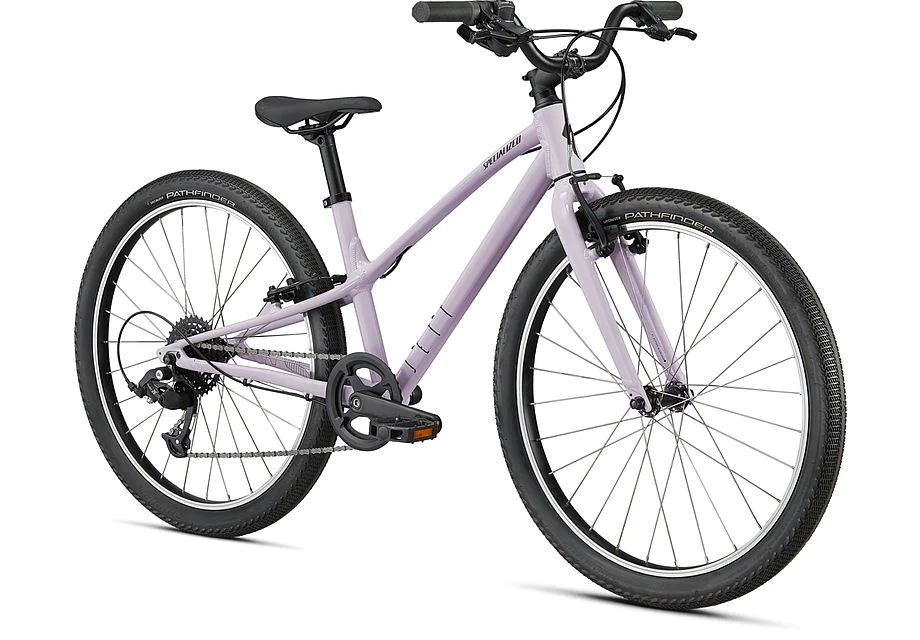
Safety is Paramount
In all my years of cycling, safety has always been a top priority, whether I’m descending a treacherous mountain pass or navigating the chaos of a cyclocross race. The same goes for teaching kids to ride. Helmets, knee pads, and elbow pads might not always be the most fashionable accessories, but they’re essential for keeping your little ones safe as they learn. It’s also a good opportunity to teach them about the importance of checking their equipment before riding, instilling good habits early on.
Keeping it Fun
Perhaps the most important lesson I’ve learned is that cycling, at its heart, should be fun. Whether it’s a solo adventure in the wilderness, a competitive race, or teaching your child to ride, the joy of cycling is what keeps us coming back. When transitioning from a balance bike to a pedal bike, keeping the mood light and enjoyable is key. Set up mini-courses, have races, or simply explore the neighborhood together. These moments of fun not only make the learning process easier but also help instill a lifelong love of cycling.
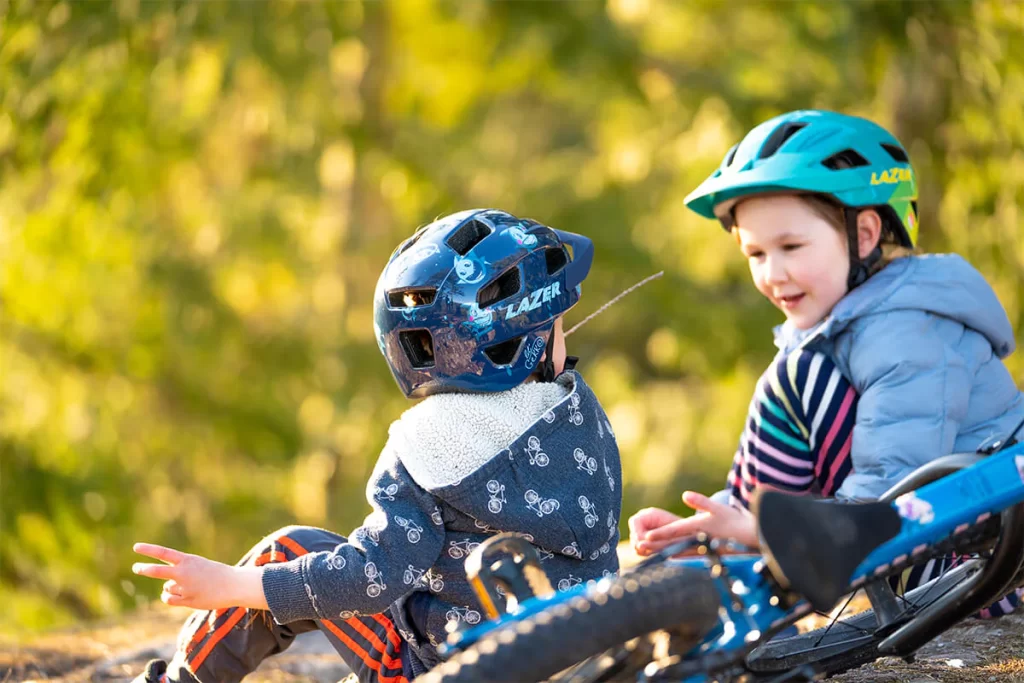
The Bottom Line
Transitioning from a balance bike to a pedal bike is more than just a step in a child’s cycling journey; it’s an opportunity to teach them about confidence, patience, and the joy of riding on two wheels. As a cyclist, watching my kids make this transition reminded me of the fundamental joys and challenges of cycling. It’s a process that requires patience, encouragement, and a focus on safety and fun. And, just like in racing, it’s about celebrating every milestone, no matter how small, and always looking forward to the next ride.
Finding the best convertible bikes that transition from balance to pedal bikes is a smart choice for parents looking to make the learning process smoother for their children. These bikes are designed to grow with your child, starting as a balance bike and then converting to a pedal bike when they’re ready. This approach not only saves money in the long run but also provides a seamless transition for the child, allowing them to focus on mastering one skill at a time. Here are some of the best options available, based on durability, ease of conversion, and child-friendly ergonomics:
1. Strider 14x Sport Balance Bike
The Strider 14x stands out for its easy conversion from a balance bike to a pedal bike, catering to children aged 3 to 7 years. Its design emphasizes lightweight and durability, making it a favorite among parents and kids alike. The transition kit is included, which means you won’t have to purchase separate parts when it’s time to switch to pedal mode.

2. WOOM 1 Plus
WOOM bikes are renowned for their high quality and child-friendly designs. The WOOM 1 Plus is suitable for children aged 3 to 4.5 years and offers an easy transition from balance to pedal bike with the purchase of a separate pedal kit. Its lightweight aluminum frame and thoughtfully designed geometry make it an excellent choice for young riders.

3. LittleBig 3-in-1 Bike
The LittleBig bike is a unique offering in the convertible bike market, acting as a balance bike that transforms into a pedal bike without the need for tools. It’s designed to grow with your child from ages 2 to 7, thanks to its adjustable frame. The bike starts as a small balance bike, then converts to a larger balance bike, and finally transitions to a pedal bike with the addition of a crankset and pedals.

4. Frog Tadpole Plus
The Frog Tadpole Plus is ideal for older or taller children ready to transition from a balance bike to a pedal bike. It features an easy-to-convert design, although the pedal conversion kit is sold separately. Known for its lightweight frame and ergonomically designed seat and handlebars, it ensures comfort and control for young riders.

5. Islabikes Rothan to Cnoc Conversion
Islabikes is a pioneer in children’s bikes, offering models that cater to every stage of a child’s development. The Rothan balance bike can be transformed into the Cnoc pedal bike, designed for children aged 3 to 4 years old. The conversion process is straightforward, although it requires purchasing the conversion kit separately. Islabikes are celebrated for their lightweight frames and child-specific components.
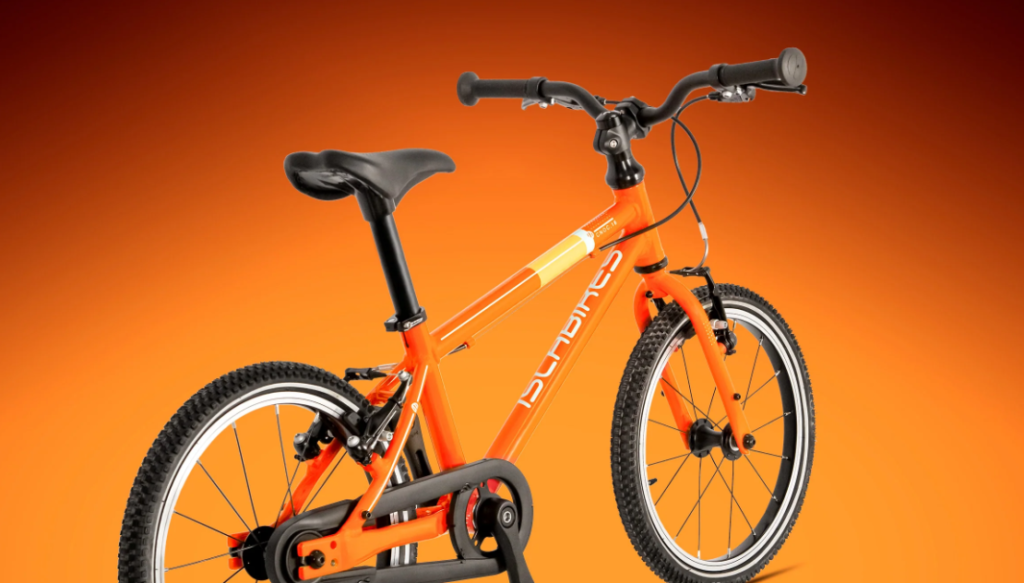
FAQ
Is there a balance bike that converts to pedal bike?
Yes, there are balance bikes that convert to pedal bikes. These bikes are designed to grow with your child, starting as a balance bike and then converting into a pedal bike with the addition of pedals and sometimes gear systems.
How do I know when my child is ready for a pedal bike?
Your child might be ready for a pedal bike when they can confidently glide on a balance bike, maintain balance, and show interest in pedaling. Other signs include the ability to steer effectively, stop with control, and demonstrate an understanding of basic cycling concepts.
How do I transition my balance bike to a real bike?
To transition from a balance bike to a pedal bike, start by ensuring the pedal bike is the correct size, allowing your child to touch the ground with their feet. Encourage your child to continue using the balancing skills they’ve developed, gradually introducing pedaling without the use of training wheels if possible. Support them as needed until they gain confidence in pedaling and balancing simultaneously.
At what age should a child be able to pedal?
Children are typically ready to start pedaling between the ages of 3 and 6, but this can vary based on individual development and experience with balance bikes.
